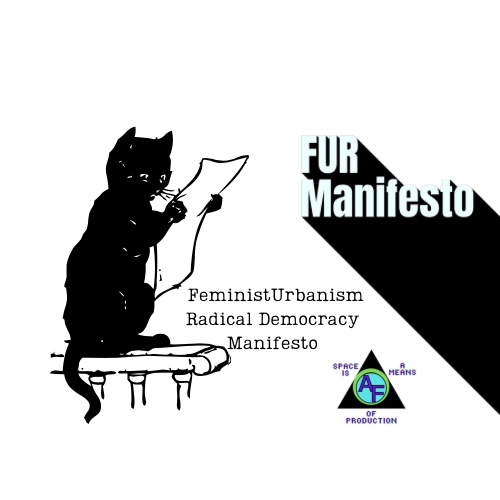Golden years in a golden city: It’s time we rethink the SFH for seniors

The devastating Los Angeles fires have claimed at least 27 lives as of January 15th, according to the LA Times. Of the 14 identified victims, many were older adults between the ages of 66 and 95 years old, depicting a grim scene for the vulnerability among our senior population.
The isolated exurbs of Altadena and Pacific Palisades tell a terrifying story. Seniors, many living alone in these remote areas, bore a heavy burden from these fires. The tragedy extends beyond direct fire-related casualties. Heart attacks and asthma attacks triggered by smoke and stress will continue to claim additional lives. This grim pattern will continue to repeat itself with each climate disaster.
Strangely, climate crisis impacts strike hardest within homes, where pollution and extreme weather disproportionately affect our elderly population. According to the Environmental Protection Agency the average person in the US spends 93% of their life indoors and 6% of that is in their car, and for seniors, that number is probably higher.
The toll weighs particularly heavily on African Americans and other historically and marginalized communities. Within the US system, the only way many can build wealth is through homeownership. Without a home, you might as well not be alive. This appeared to be the choice of Mr. Vincent Shaw, 66, of Altadena who died on his front lawn with a hose in his hand.
This disaster forces us to confront an uncomfortable question: Does the American dream of a single-family home in the car-dependent exurbs serve our community? Peer reviewed studies on psychological well being suggests it does not. These isolated dwellings, far from public transit and community support, have become potential death traps for seniors, disabled individuals, and those with chronic illnesses.
Alternative living arrangements - condominiums and cooperatives - offer more than just shelter; they provide community and safety nets. The current single-family home obsession (which is understandable given our economic system) has created a culture of isolation where elderly parents who pass away might go undiscovered for weeks after passing, waiting for their adult children who can only visit occasionally due to long commutes and busy schedules.
Meanwhile, urban seniors thrive in places like Manhattan. Consider Hilda Jaffe's story, reported by the New York Times:
"The future is here," the email announced. Hilda Jaffe, then 88, was letting her children know she planned to sell the family home in Verona, New Jersey. She'd decided to begin life anew — on her own — in a one-bedroom apartment in Hell's Kitchen in Manhattan.
Fourteen years later, Jaffe, now 102, still lives alone — just a few blocks away from the frenetic flashing lights and crowds that course through Times Square.”
The climate crisis demands we reimagine our living patterns. The traditional retirement dream of retreating to an isolated suburban house no longer serves anyone well— it never did. Adult children struggle with the burden of long-distance caregiving, while their elderly parents face increasing isolation, limited to virtual connections through TV, internet, and phone calls.
Dense, walkable neighborhoods with mixed-age populations offer natural support systems. Seniors maintain independence while staying connected to their community. They can access medical care, groceries, and cultural & social activities without depending on cars or distant relatives. And they don’t have to be particularly active and mobile to be social in a large dense city. Many seniors enjoy playing chess or people watching in Central Park or Prospect Park walking a short distance from their apartments, condos, and Co-Ops.
The Los Angeles fires have exposed the vulnerabilities in our current housing patterns. As climate-related disasters increase in frequency and intensity, we must prioritize housing solutions that protect our most vulnerable residents. This means moving away from isolated single-family homes toward more communal, accessible living arrangements that are near public transit.
The solution lies not in abandoning independence but in redefining it. Urban environments, with their proximity to services and natural community networks, offer seniors a chance at genuine autonomy. They can age in place without isolation, maintain social connections without depending on cars, and access emergency services quickly when needed.
As we face an increasingly unstable climate future, our housing choices must evolve. The traditional American dream of a single-family home in the exurbs needs updating for a world where extreme weather events become more common.
Our seniors deserve better than to face these challenges alone, separated from the community resources that could save their lives.





